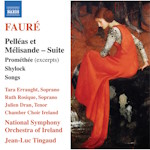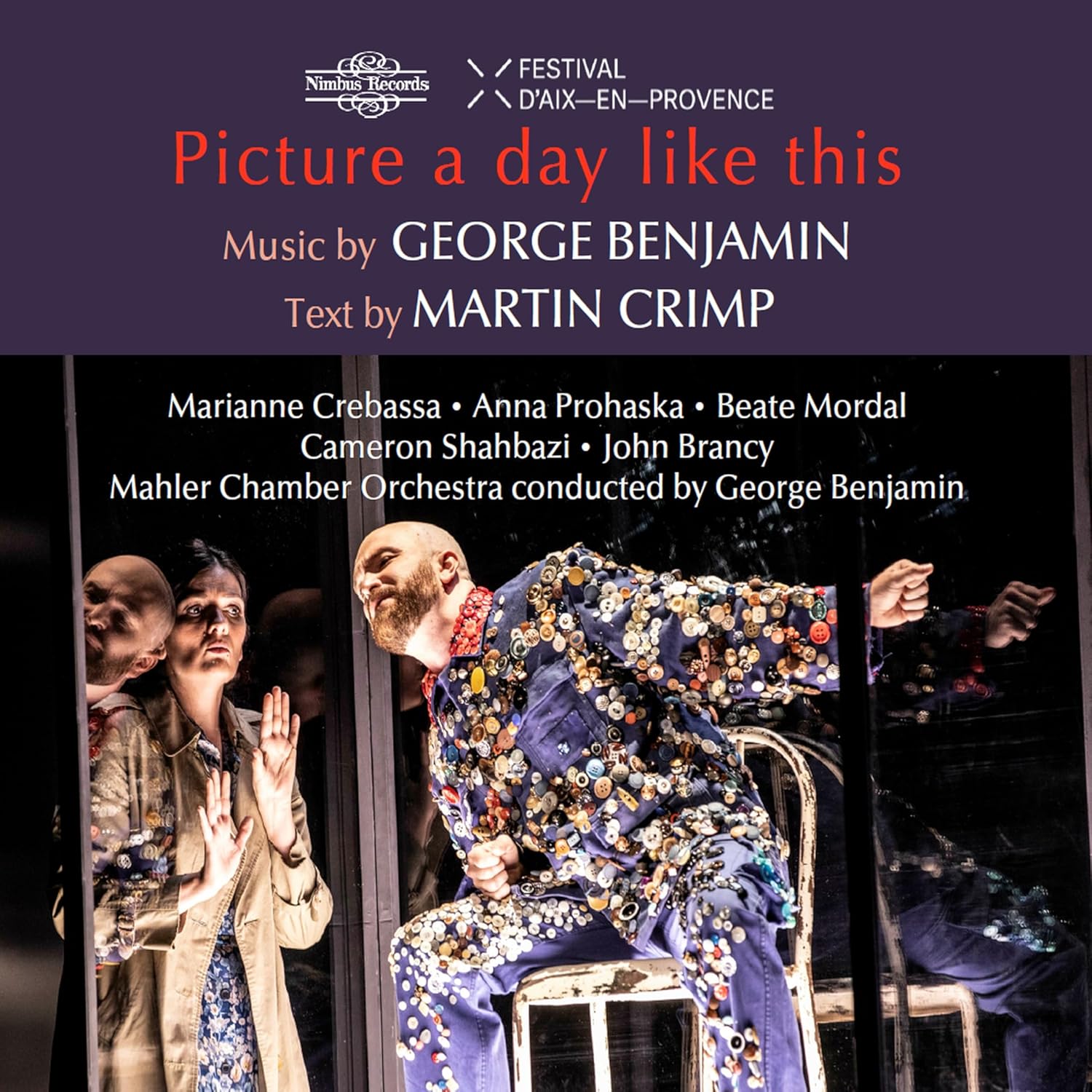Brahms: Serenade No. 2 in A major, for small orchestra, Op.16 (1858/9)
Allegro moderato
Scherzo & Trio:- Vivace
Adagio non troppo
Quasi Menuetto
Rondo:- Allegro
This delightfully smaller-scale work of Brahms would seem to be part of an extended process of finding his feet with the symphony orchestra, en route to the eventual release of his own highly ambitious response to Beethoven’s Fifth. Dating from his period working at the court in Detmold, 1857 to 1859 (but revised 1873-5), it grew partly out of his developing relationship with Schumann’s wife Clara. Having arrived at their house in Düsseldorf on 30th September 1853, he ended up staying with them for a month, while Robert did his utmost to “assist the young eagle in his first flight through the world”: on 28th October he contributed an article entitled “New Paths” to the journal he had helped found ten years previously (the Neue Zeitscrift für Musik): “It seemed to me that…….a musician would inevitably appear to whom it was vouchsafed to give the highest and most ideal expression to the tendencies of our time, one who…….like Athena, would spring fully armed from the head of Zeus. And he has come, a man over whose cradle Graces and Heroes stood watch. His name is Johannes Brahms”. What finer eulogy has a young musician ever received from a revered idol?!
Clara received the Adagio and Menuetto of this serenade on 13th September, as a birthday present from young Johannes (having waited nine months since seeing the first movement!): “The whole piece has something spiritual, it could be an Eleison”. Smaller in scale than its predecessor (the D major, Op.11), it takes its cue from the Mozart wind serenades sent to the composer by his violinist friend Joseph Joachim in April 1858, together with the sound of the Detmold Hofkapelle wind band: the classical Harmonie ensemble (with the addition of flutes) is thrown into greater prominence through the absence of violins, offset by the darker hues resulting from the remaining lower strings – but eventually brightened up with the addition of a piccolo for the decidedly bucolic Rondo finale. Indeed, there is much that is affectionately relaxed and pastoral about this endearing work, yet finding a more deeply exploratory tone in the aforementioned Adagio – the movement which had particularly impressed Clara on her birthday. We may never know exactly what their relationship ultimately grew into; but considering Brahms’s legacy of works inspired by her – from this serenade right up to his last opus, the set of organ chorale preludes composed immediately following her death on 20th May 1896 – we can only guess.
© Alan George


















